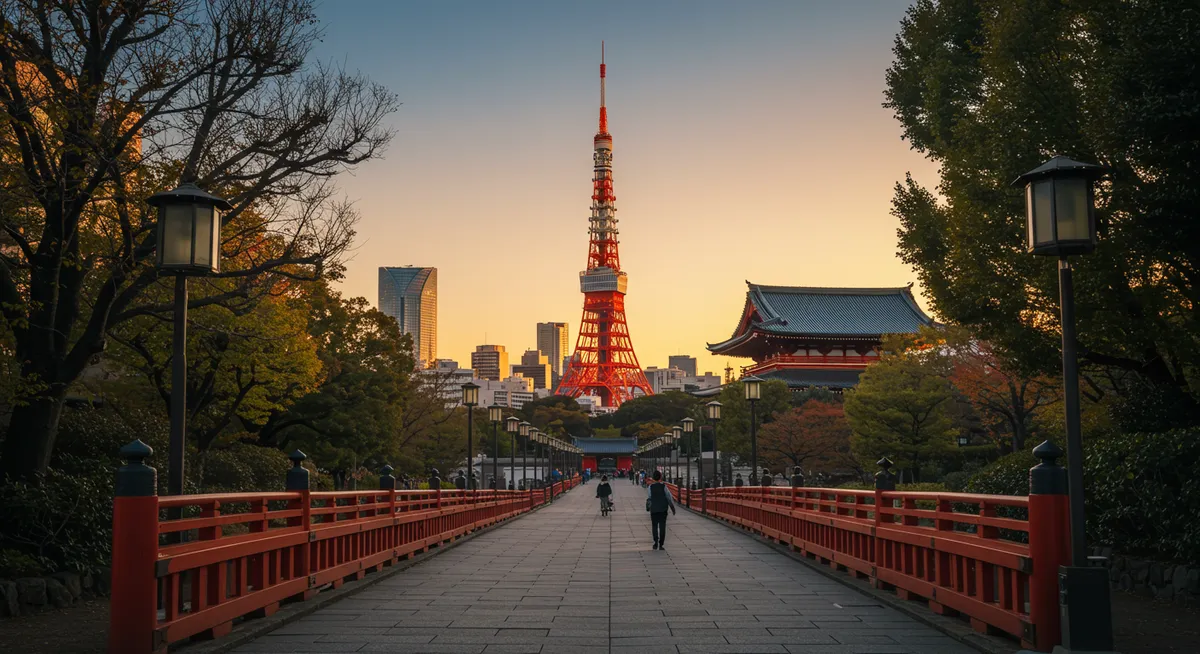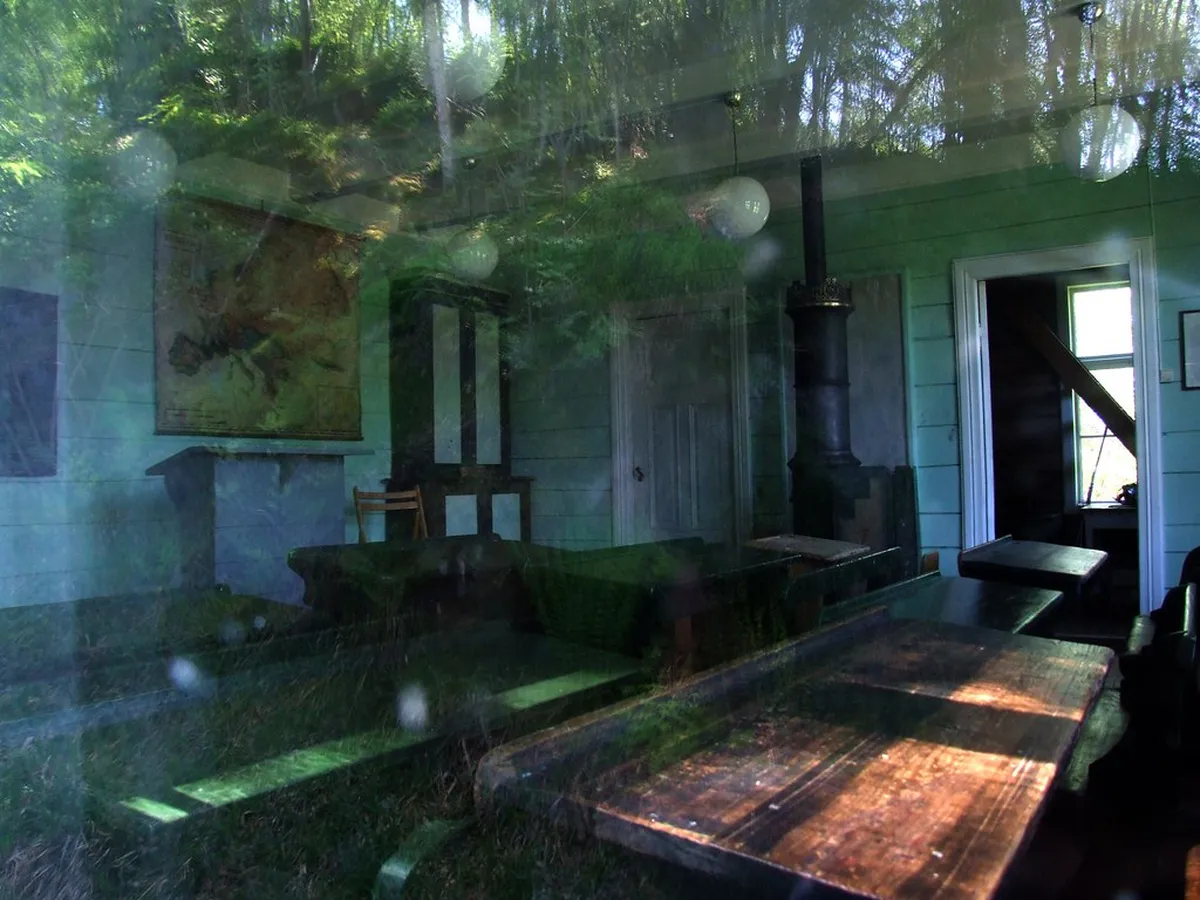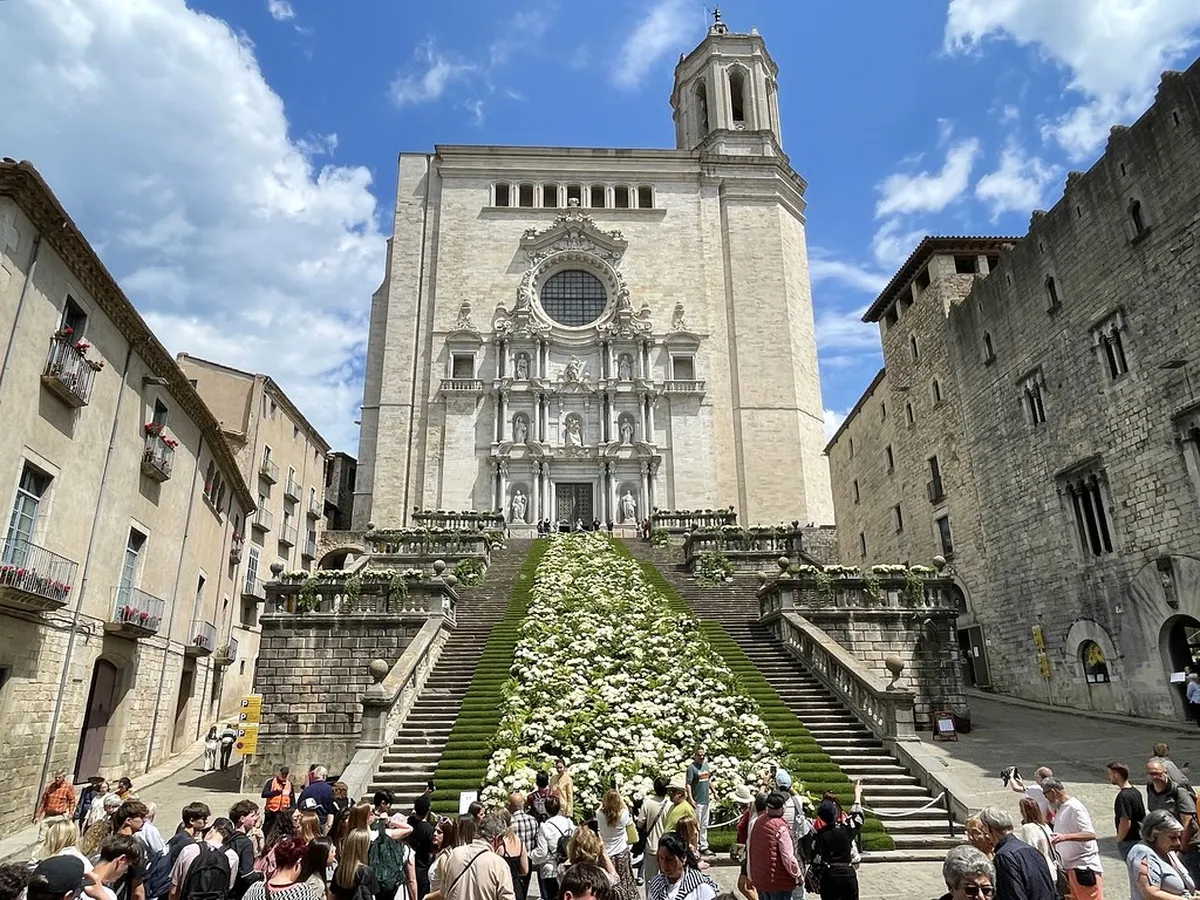Journey Through Tokyo's Historical Heart: A Glimpse into Edo
Having spent countless hours exploring Japan's captivating capital, I've always been drawn to how Tokyo effortlessly blends its futuristic skyline with profound historical roots. To truly appreciate modern Tokyo, one must first journey back to understand Tokyo in days of yore, when it was known as Edo, a sprawling city of shoguns and samurai. Find the best shopping experiences with our Tokyo shopping guide.
Unearthing Edo's Essence: The Foundation of Tokyo
Plan this trip faster with our free online itinerary maker. Get a personalized day-by-day plan in minutes.
Long before it became the bustling metropolis we know today, Tokyo was Edo, the fortified seat of the Tokugawa shogunate for over 250 years. This era, from 1603 to 1868, shaped much of Japan's culture and societal structure. Consequently, remnants of this glorious past are still palpable throughout the city, if you know where to look. In fact, many of Tokyos modern districts, like Ginza and Nihonbashi, originated as vibrant Edo-period hubs. Exploring these areas offers a tangible connection to the city's ancient roots. My personal tip is to simply wander off the main streets; often, you'll stumble upon hidden shrines or traditional wooden structures that speak volumes about Tokyo in days of yore. Organize your journey with our comprehensive Tokyo itinerary. Map out your exploration with our Tokyo itinerary.
Iconic Sites Echoing a Glorious Past
To grasp the profound history of Tokyo in days of yore, visiting key historical sites is essential. The Imperial Palace East Garden, for instance, stands on the former grounds of Edo Castle, offering tranquil walks amidst stone walls that once protected the shogun. Nearby, the majestic Senso-ji Temple in Asakusa transports you back centuries with its grand Kaminarimon gate and bustling Nakamise-dori market. Moreover, the Ueno Park area, home to several museums, was once part of the Kan'ei-ji Temple, a significant Edo-period complex. These places not only provide historical context but also incredible photo opportunities, revealing layers of traditional Japanese architecture and artistry. Find the best shopping experiences with our Tokyo shopping guide.
Immersing in Traditional Japanese Arts and Life
Experiencing Tokyo in days of yore extends beyond mere sightseeing; it's about engaging with the enduring cultural practices. For example, attend a traditional tea ceremony or watch a kabuki performance to truly appreciate the Edo period's artistic legacy. The Edo-Tokyo Museum, although modern in design, offers fascinating dioramas and artifacts that vividly recreate life in Edo, providing incredible insight into daily routines and grand events. Furthermore, consider a visit to a traditional garden, such as Koishikawa Korakuen, one of Tokyo's oldest and most beautiful landscape gardens, designed during the early Edo period. If youre looking to pick up a souvenir that reflects this heritage, check out our Tokyo Shopping Guide for ideas on authentic crafts.
Edo's Echoes in Modern Tokyo's Fabric
🎯 Insider Tip: Discover the best Tokyo experiences with Viator Tours!
Even amidst its contemporary sheen, modern Tokyo retains subtle yet significant echoes of its past. The irregular street patterns in certain older districts, for instance, often trace the paths laid down in the Edo period. Seasonal festivals, like the Sanja Matsuri in Asakusa, continue ancient traditions that date back to the shogun era, celebrating local deities with vibrant parades and ceremonies. Therefore, when you plan your visit, incorporating these historical threads truly enriches the experience. For a comprehensive exploration, consider following our Tokyo Itinerary, which can seamlessly blend historical discovery with modern adventures. Its truly remarkable how resilient and influential the spirit of Tokyo in days of yore remains.
Frequently Asked Questions
What was Tokyo called in days of yore?
What are some key historical sites from Edo period Tokyo?
How can I experience ancient Japanese culture in Tokyo today?
Uncovering the layers of Tokyo in days of yore reveals a city built on centuries of rich history, samurai spirit, and enduring traditions. From the grand scale of Edo Castle to the intricate beauty of its gardens, the past continually shapes the present. Planning your next adventure? Explore our Tokyo Day Trips for more historical excursions. Happy travels from your fellow wanderer!



